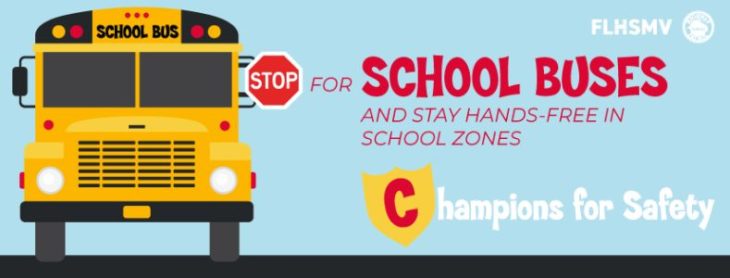
August is Child Safety Awareness Month
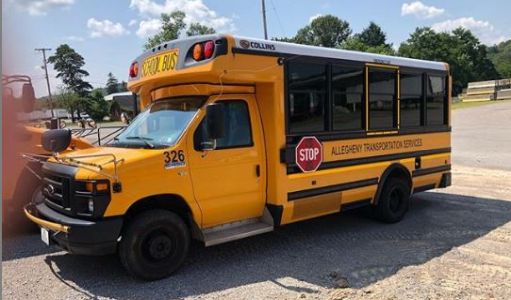
The Florida Department of Highway Safety and Motor Vehicles (FLHSMV) recognizes August as Child Safety Awareness Month and reminds motorists to drive safely on Florida roads as children go back to school.
“Keeping children safe as they travel to and from school within vehicles, on bikes or on foot is everyone’s duty,” said FLHSMV Executive Director, Terry L. Rhodes.
“Trends in the department’s data are heartbreaking and it is critical for adults to demonstrate safe driving behaviors to help reduce the amount of tragic incidents that occur on our roadways. This campaign and the support from our many partners truly articulates the state’s commitment to our most precious cargo: our children.”
In 2018, there were 130,055 children age 0 to 17 involved in a crash in Florida resulting in 1,438 serious bodily injuries and 155 fatalities. As children travel to and from school, motorists must ensure they arrive safely by obeying school zone speed limits, remaining attentive around child pedestrians and bicyclists, and properly stopping for school buses. In 2018, there were 3,177 school bus crashes in Florida.
“As the parents of two young kids, the Governor and I urge all Floridians to drive safely and follow all speed limits and traffic laws, especially in school zones and near school buses,” said First Lady Casey DeSantis.
“We all share the responsibility to remain attentive on the roads and help keep our children out of harm’s way. We must also be vigilant to ensure children are always properly secured in vehicles and that we are being mindful in areas where children are present. Our actions and awareness are paramount.”
“This month, as children head back to school, FHP reminds you to drive safely and slow down in school zones,” said Colonel Gene S. Spaulding, Director of the Florida Highway Patrol.
“Ensure children age five and under are in the right car seat or booster seat and everyone under the age of 18 is buckled up. As the driver, it’s your responsibility.”
Florida law requires that all drivers and all passengers under the age of 18 wear a seat belt. Law enforcement issued 8,761 citations last year to motorists for not properly securing children in a vehicle. Motorists who need assistance identifying, installing and using proper child restraints may contact the FHP for help. Motorists may make an appointment and bring their current car seat to a local FHP Troop station for a free car seat check.
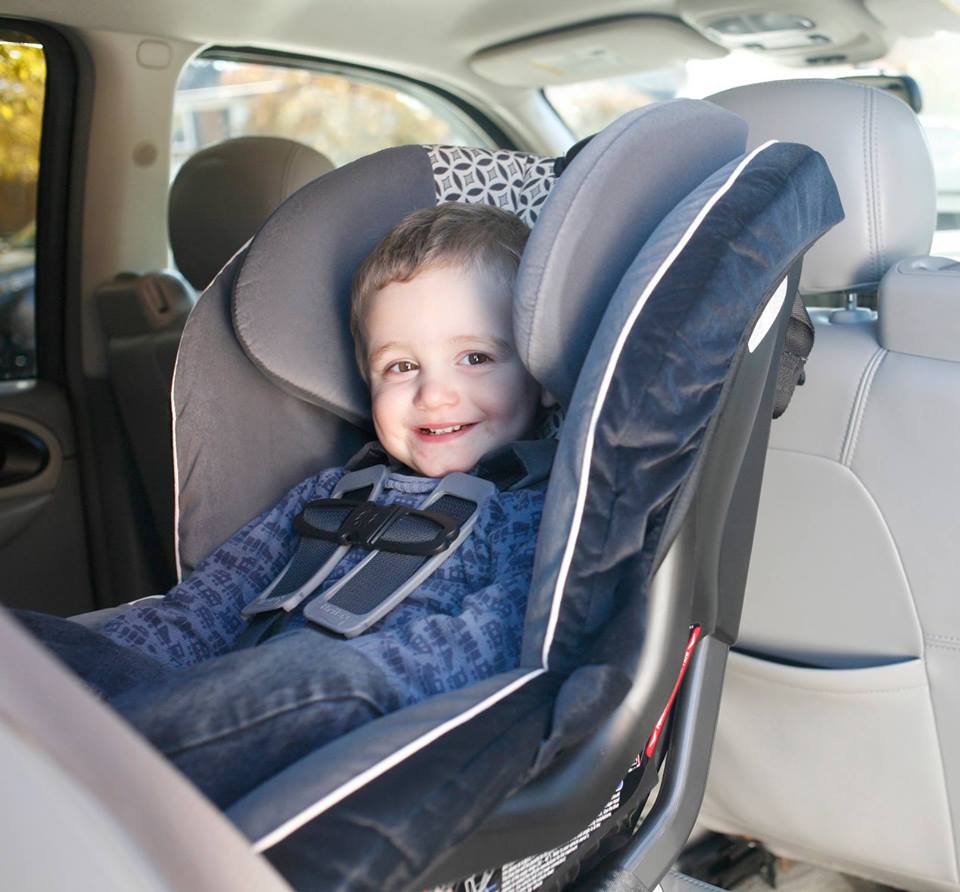
Heatstroke Prevention – Never Leave Children in a Car
- Keep vehicles in driveways or garages locked and store keys out of children’s reach to avoid children becoming trapped in a vehicle.
- When getting out of your vehicle, check to make sure all children are out of the vehicle and accounted for. Put a purse or other important item in the backseat with your child as a reminder.
- Never leave a child unattended or unsupervised in a motor vehicle. It is extremely hot, especially in Florida during the summer and can result in the child’s injury or death.
- Florida law states that children under six should never be left in a motor vehicle for longer than 15 minutes. Furthermore, children under six should not be left in a vehicle for any period of time if the motor is running, the health of the child is in danger or if the child appears to be in distress. A violation of this law is a second-degree misdemeanor and can result in a fine of up to $500. If a child is injured, the violation becomes a third-degree felony.

If you see a child or pet locked in a hot car, take immediate action by calling 911. Florida law, section 768.139, Florida Statutes, provides for the rescue of a vulnerable person or domestic animal from a motor vehicle. These good Samaritans may have immunity for damage to the motor vehicle if:
- The vehicle is locked and there is no other reasonable way for the person or animal to get out;
- Has reasonable belief based upon the circumstances that entry is necessary because the person or animal is in imminent danger;
- Notifies law enforcement or calls 911 prior to or immediately after entering the vehicle;
- Uses no more force than is necessary; and
- Remains with the person or animal until law enforcement or other first responder arrives.
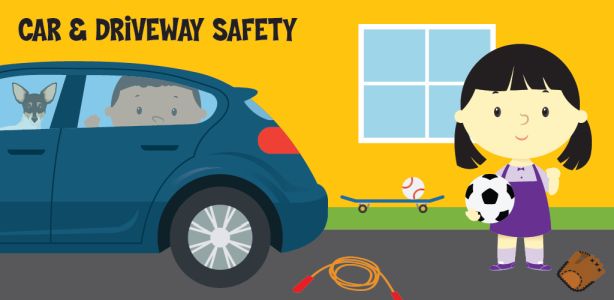
Driveway Safety
- Teach children to never play in, on, around, or under vehicles. Keep toys or bicycles off the driveway.
- Designate safe play areas for your children that are off the driveway and away from vehicles.
- If children play in the driveway, have an adult supervise at all times.
- Keep vehicles in driveways or garages locked and store keys out of children’s reach to avoid children getting in a vehicle and turning it on or moving it on accident.
- When backing out of the driveway or parked spot:
- Walk around your vehicle to check for children playing and make sure all children are safe and accounted for.
- Turn off your radio to better hear your surroundings. Roll down windows to listen for children or pedestrians.
- Know your vehicle’s blind spots and look again before backing. Check your rearview and side mirrors.
- Keep your foot on the brake until you completely shift into reverse. Look directly through the rear window and back out slowly.
- Look both ways especially over a sidewalk or other area where children or pedestrians are present like school zones and residential areas.
- Florida law states that the driver of a vehicle shall not back up unless such movement can be made with safety and without interfering with other traffic. Take a second look if you have any doubt!
- Refer to the official Florida Driver License Handbook for more information on car and driveway safety.
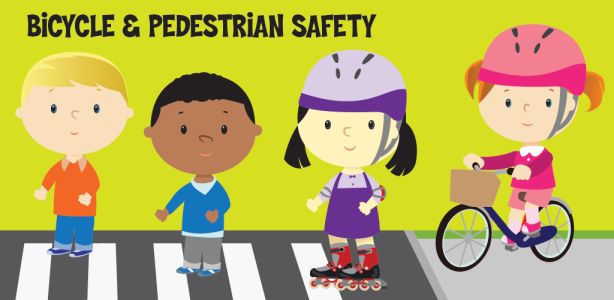
As school starts again, there will be more children walking or biking to and from school, as well as in neighborhood or parks.
Although there are important safety laws and tips to follow for children bicyclists and pedestrians, motorists must pay special attention when driving around them.
Bicycle Safety Tips for Motorists
- Drivers MUST give bicyclists a minimum of three feet of clearance when driving alongside or passing them. It’s the law.
- When turning, yield to any bicyclist in the bike lane and make your turn behind the cyclist.
- Avoid using high beam headlights when you see a bicyclist approaching.
- Before opening a car door, check for bicyclists who may be approaching from behind.
Bicycle Safety for Parents and Children
- Make sure all equipment on the bicycle is in working order (brakes, gears, tires, etc.).
- All bicycle riders and passengers under age 16 are required by Florida Law to wear a helmet. Always wear a properly fitted helmet and securely fasten the strap.
- Wear appropriate shoes (such as sneakers). Avoid wearing flip-flops or riding barefoot.
- Be seen. Wear neon or fluorescent or bright colors when riding and wear something that reflects light (reflective shoes, reflective tape, etc.).
- Pay attention. Do not wear headphones so that you can hear the traffic and pedestrians around you. Never text and ride.
- Ride in the same direction as traffic and stay as far to the right as possible. Use bike lanes whenever you can.
- Obey all traffic laws, including signs, signals and lane markings, when riding on the roadway. If crossing a roadway upon or along a crosswalk, abide by pedestrian crossing guidelines.
- Never attach yourself or your bike to any vehicle on a roadway.
- If riding between the hours of sunset and sunrise, Florida Law requires that the front of the bike be equipped with a headlight lamp which exhibits a white light visible for 500 feet, and the rear of the bike equipped with a taillight lamp and reflector visible for 600 feet.
- Cross at intersections and never pull out into the roadway from between parked cars.
- If riding on the sidewalk or in a crosswalk, yield to pedestrians and give them an audible signal (such as, “passing on your left”) before overtaking and passing them.
Pedestrian Safety for Parents and Children
- Always walk on the sidewalk if there is one. If no sidewalks are present, walk against the direction of traffic so that you can see oncoming vehicles.
- Always cross the roadway where pedestrians are expected, at corners or in crosswalks. Cross where pedestrians are expected. Always watch for traffic when crossing the street.
- Never enter the street from between parked cars. If crossing mid-block cannot be avoided, pedestrians must yield right of way to vehicles on the roadway.
- Be seen. Wear bright, reflective colors on clothes, shoes, hats and wristbands. Carry a flashlight when walking at night.
- Pay attention. Avoid wearing headphones so that you can hear the traffic and pedestrians around you. Never text or look at your cell phone when crossing the street.
- Follow pedestrian signs and signals. Pedestrians should yield right of way to vehicles if the crosswalk signal is red or “Don’t Walk.”
(Source: FLHSMV)
~ Posted by Richard Webster, Ace News Today / Connect with Richard on Facebook and Twitter






